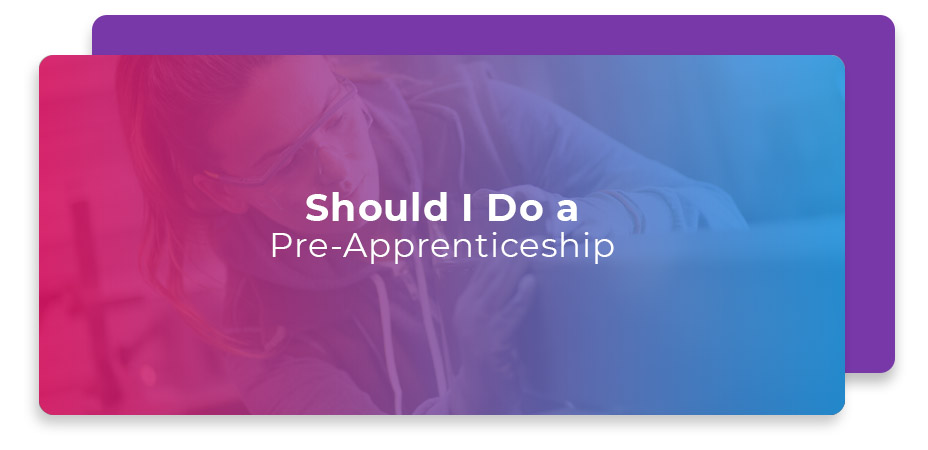The STAR interview method helps structure answers using Situation, Task, Action, and Result. Describe the situation, explain the task, detail the actions taken, and share the results achieved. This method ensures clear and concise responses to behavioral interview questions by highlighting specific experiences and measurable outcomes.
Summary: Interview techniques like the STAR method can help you articulate work situations, tasks, actions, and results.
The STAR Interview Method

You’ve applied for the job, shared your résumé, and landed an interview with the company of your dreams! Now what? How do you ace the interview to land the job? The STAR method is a technique that will help you respond to interview questions. Most employers want to know how you react to specific work situations and interact with coworkers. Using the STAR method in your interview gives an employer insight into how you problem-solve and respond to challenges in the workplace.
STAR-ring the Interview
Your goal when using the STAR interview method is to “paint a picture” of why an employer should hire you without providing unessential details in your answers.
STAR = Situation, Task, Action, and Result
- Situation – Describe the scene and why you were there
- Task – Describe the task that needed to be done
- Action – Describe the action you took and emphasize how you contributed
- Result – Describe the results of your actions
Here’s an example: an employer asks you the following question in the interview, “How would you handle a situation where a coworker is not doing their share of a project?” The employer understands this is a somewhat typical workplace dilemma and wants to know how you have dealt with it or similar situations. This gives the employer or interviewer insight into your problem-solving behavior. Here is a sample response to that question using the STAR Method.
- Situation – Describe a similar scenario.
“When I worked at Lake City Tech, there was a woman who often did not complete her part of the data entry assignments. As her supervisor, it was my job to see that she did.” - Task – Describe the task that needed to be done.
“I was to help Deloris get her data entry assignments completed.” - Action – Describe the action you took and emphasize how you contributed.
“I talked with Deloris privately and asked her if there was anything I could help her with the data entry assignments. She shared that she was often pulled away for other jobs. We decided that when she was doing other things in the department, she would come to me, and I would help her with the other tasks or the data entry work.” - Result – Describe the results of your actions.
“Things ran smoother after that because I believed Deloris knew she could come to me when she ran into issues with getting the data entry done for the day.”
Practice Being a STAR

The STAR technique is an easy way to tailor your responses to interview questions. You can prepare to use this method by analyzing a job description to identify the skills that the employer is interested in and brainstorming situations where you have demonstrated those capabilities. Another way to practice STAR is to review typical interview questions and prepare answers beforehand. Here are some sample interview questions that would be appropriate for a STAR response. Think about your career field and work experiences.
Here are some examples of interview questions when you can use a STAR response. Practice how you might respond to some of these questions:
- Tell about your greatest achievement to date.
- Tell me about a time you handled conflict well.
- Tell me about when you went above and beyond a task or assignment.
- When you make a mistake at work, how do you handle it?
- How do you handle demanding or unreasonable clients?
- How would you go about meeting a deadline of a large team project?
- Have you ever had a time when you felt overwhelmed at work? How did you handle it?
- Tell me a time when you had opposing views with a coworker. How did you handle it?
- Tell me when you made a mistake at work and how you corrected it.
- How do you want to grow professionally in this industry?
Consider which questions are most appropriate for your career field or industry. Write down your response to two or three situations from the list and remember that an employer or interviewer is listening to how you approach and solve work-related challenges. Practice telling your story using the STAR method. The interviewer will be better able to see how your skills, perspective, and work ethic fit with the job.
.post-thumbnail img {display:none;}Common Questions
Below are common questions we get asked about this topic.
How can I adapt the STAR method for creative or non-linear career paths?
For creative or non-linear careers, focus on project-based examples rather than traditional job roles. Highlight how you applied your skills across different contexts, emphasizing transferable abilities. For the Situation and Task, describe unique creative challenges. In the Action, detail your innovative problem-solving approach. For Results, showcase both tangible outcomes and personal growth.
Is it appropriate to use the STAR method for hypothetical or future-oriented interview questions?
While STAR is typically used for past experiences, you can adapt it for hypothetical scenarios. For the Situation and Task, clearly state the hypothetical context. In the Action, outline your proposed approach based on past experiences. For Results, predict potential outcomes and explain your reasoning. This demonstrates your ability to apply past learning to future challenges.
How can I incorporate quantitative data into my STAR responses without sounding robotic?
To integrate data naturally, weave key metrics into your narrative. In the Situation, provide context with relevant numbers. During the Action, mention specific targets or benchmarks. In the Results, lead with the impact and then support it with data. For example, “Our customer satisfaction increased dramatically, rising from 75% to 95% within three months.”
Can the STAR method be effectively used in panel interviews or group discussions?
In panel or group settings, use STAR to structure your contributions concisely. Address different aspects of your example to various panel members, maintaining eye contact with each. In group discussions, use STAR to frame your experiences relevantly to the ongoing conversation, showing how your past actions could apply to the discussed scenarios.
How can I use the STAR method to address failures or negative outcomes in interviews?
When discussing failures, maintain the STAR structure but focus on learning and growth. In the Situation and Task, be honest about the challenges. For the Action, describe your efforts, even if they weren’t successful. In the Results, emphasize the lessons learned, subsequent improvements, and how you’ve applied this knowledge since. This approach demonstrates resilience and adaptability.








